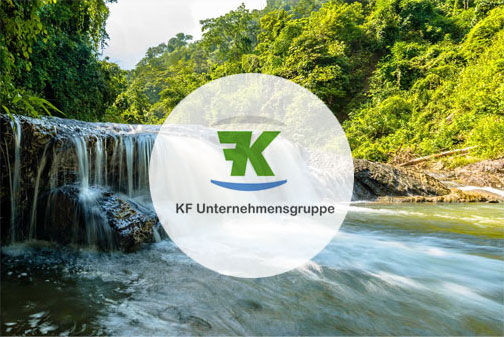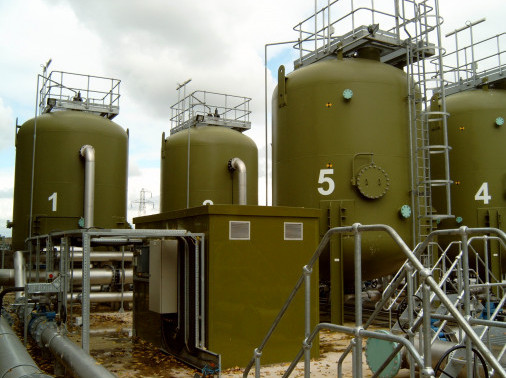
Large municipal drinking water treatment
United Kingdom
A large treatment plant with five parallel adsorbers for the removal of arsenic from groundwater. The systems operates reliably since 2003, using a total mass of 80,000 kg GEH 102.
Flow rate: 925 m3/h at a usage of 5,000,000 m3/year
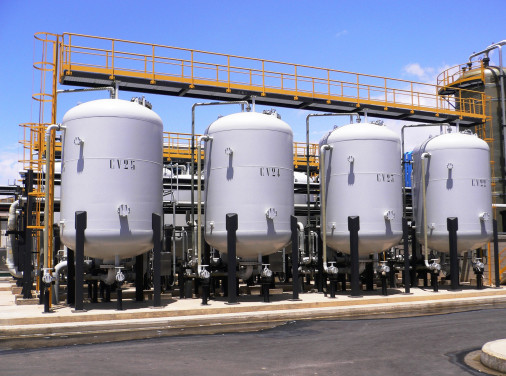
Ground water remediation with GEH 101
Italy
Contaminated ground water from industrial usage with arsenic in ppm range and other contaminants. Multi stage water treatment with GEH adsorbers as last step. Total mass of used GEH 101 is 96,000 kg.
4,800 m3/d at 1.7 million m3/year
Operation Startup 2006
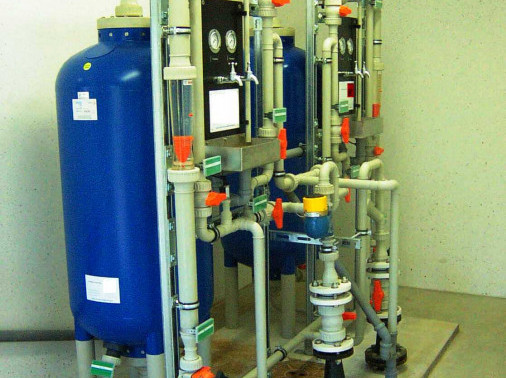
Low maintenance treatment system
Germany
Arsenic removal plant to treat drinking water for a small rural community. Two adsorbers in parallel operation treat a flow of 3 - 5 m3/h. The system is operating since 2003 using 350 kg GEH 102.
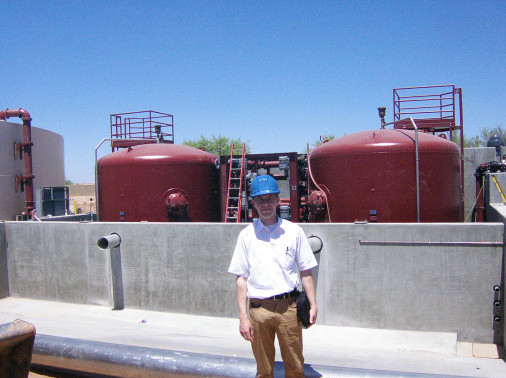
One of the first GEH plants in the USA
Arizona
Arsenic removal system for municipal drinking water. Two serial adsorbers are applied to treat a challenging water with high concentrations of arsenic and silicate.
330 m3/h are treated at a usage of 5,700 m3 a day. The system is operating since 2003.
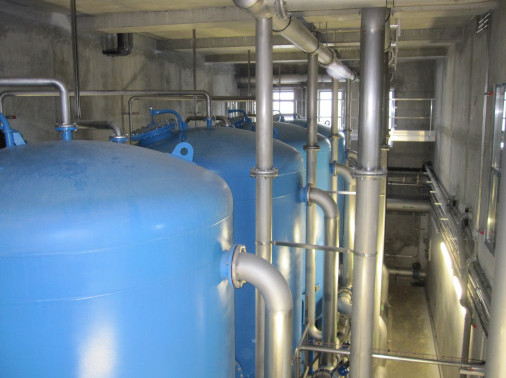
Municipal drinking water treatment with challenging water composition
France
Four adsorbers with a total of 33.000 kg GEH 102 treat a flow rate of 432 m3/h groundwater. The water supply of the city in France is challenging because of its natural composition containing arsenic, vanadium, phosphate and silicate. Due to several optimisation measures as the time-staggered exchange of the four adsorbers, an economical operation was achieved, despite the unfavourable water matrix.
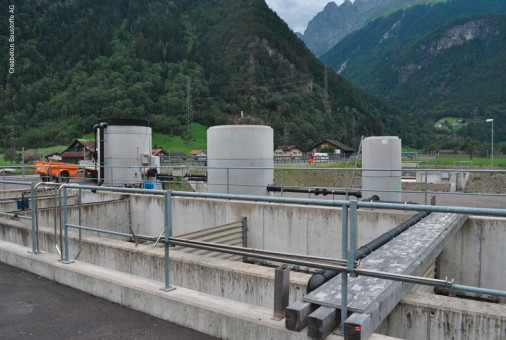
Storm water runoff treatment with GEH 105
Switzerland
Rain water runoff from streets and open spaces may carry a range of heavy metals from vehicle exhaust gases, tyre wear and abrasion of components. GEH 105 is used to remove some of these contaminants in low-tech treatment designs.
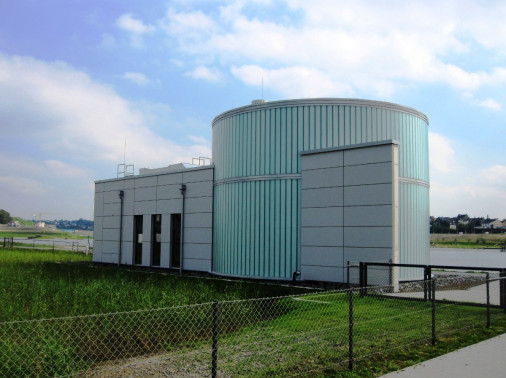
Phosphate removal to tackle eutrophication of a lake
Germany
The Phoenix Lake in Dortmund is an artifical lake in a former steel production area. GEH 104 is used to constantly remove phosphate from the lake water. In this way, the phosphate concentration is kept below a critical value to prohibit excessive algae growth and the eutrophication of the lake.
The total lake volume of 600,000 m3 is treated over one year by three adsorbers in parallel.
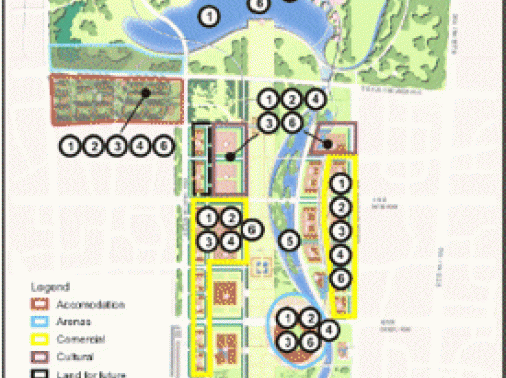
Phosphate removal for the Olympic Lake 2008 in Beijing
China
In the context of the Olympic Games in Beijing 2008, the 1,200 hectar Olympic Park was created, accomodating the Olympic Lake. Due to the water shortage of the near area, the lake was filled using waste water. A joint Chinese-German research project, funded by the German Ministry for Research and Education, developed an energy-efficient treatment process to meet the quality criteria for the lake water. GEH 104 was used to remove phosphate from the waste water to prevent unwanted algae growth.
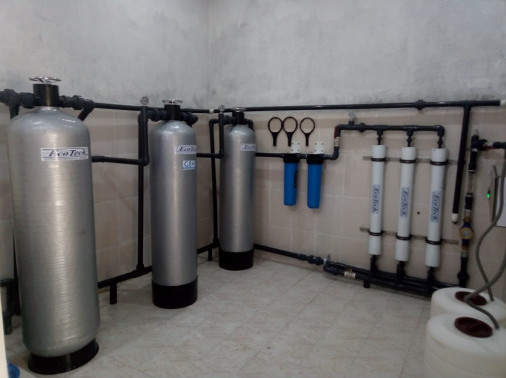
Arsenic removal in a multi level treatment process
Pakistan
This system for a community in Pakistan supplys safe drinking water for 10,000 families and 5,000 students of the adjacent school. The water quality in the region is diminished by different types of pollution, as high turbidity, araised arsenic concentration and microbial contamination. As one ste of the multi level treatment system, GEH 102 is used to remove the arsenic content reliantly.




